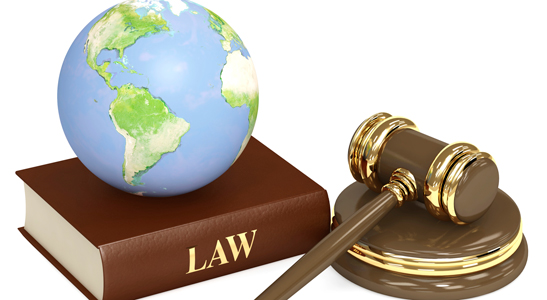 |
| https://upload.wikimedia.org/wikipedia/commons/7/79/Geological_time_spiral.png |
S&EP: Communicating Information: This week we used Communication through our data sheets. We first had to collect information from multiple sources. Draw conclusions. Then write down the final answer on the data sheets. We even ended up getting these sheets graded for how much informations we collected and successfully communicated through writing. We answered questions all about the time periods such as what the climate like, or what landmarks existed. We used our evidence to communicate this clearly. I couldn't see a clearer example.
XCC: Stability and Change: If you know anything about the Paleozoic period you know it was all about change. This period was filled with sudden and quick changes such as evolving and new creatures. From sea creatures and the first land animals . Especially with the example of evolution this is a slow change over time to turn one thing into another. well slow in our minds but in the grand view of our history it was very quick and almost in a blink. Even the continents had their own changes. Pangea was formed during this time. Pretty incredible if I do say so?
What was I this week?
I was an Initiator. I found myself going home and telling my family about the awesome things the Paleozoic Period had. I brought it up in conversations. I became this week more and more interested with this Period.


